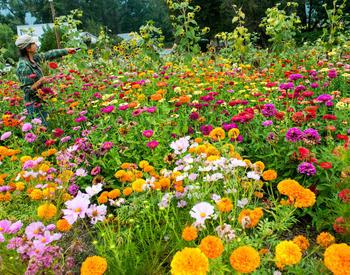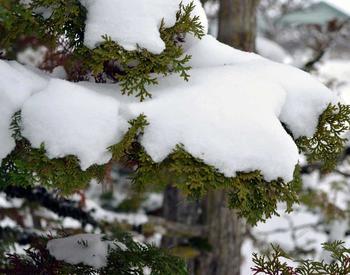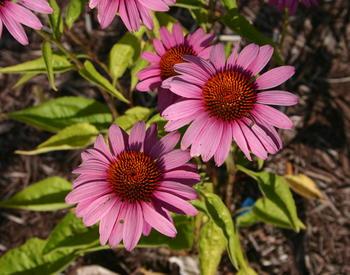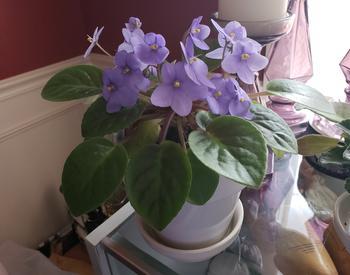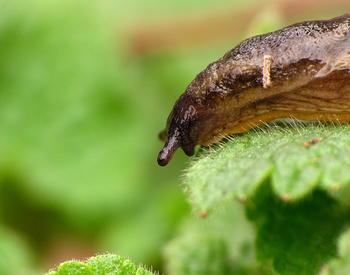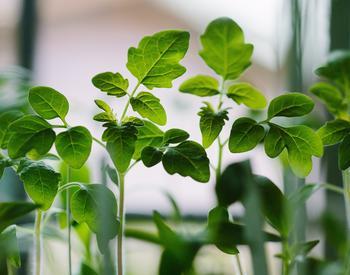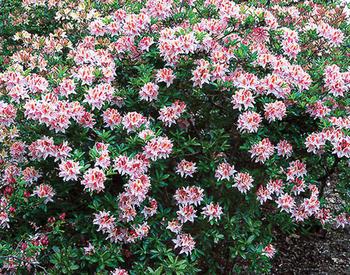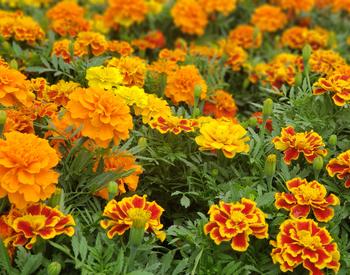My husband and I planted flowers this past summer. Our hydrangeas have done really well and have still been blooming. We have temps dropping below freezing this coming week. How should I care for them?
I’m also new to growing dahlias. Some of my dahlias are outside, but I also just received a new dahlia tuber from a neighbor and feel it is too late for planting. What is the best method of care and storage before planting in the Spring?
Thank you for your questions! The timeframe for "winterizing" flowers usually starts end of September to mid-October, but with the warm September we had this year, now is a great time to begin preparing your garden for winter.
Outdoor plant protection
Use a layer of leaves to insulate the flowers and keep any roots and tubers dry. A wet winter with heavy precipitation is actually more damaging to flowers than a colder winter.
Cold damage to flower buds may occur in winter and late spring, so be prepared to provide some winter protection by covering the plant with an old sheet, blanket, burlap or a cardboard container when temperatures drop below freezing. A strategy to minimize damage to the branches is placing a cylinder of chicken wire or a tomato cage around the plant, filling it with leaves and surrounding it with fabric. This prevents moisture from getting to the plant and avoids breakage from the weight of snow.
The following article has great tips for caring for perennials if you live in a region of Oregon where it snows: Winter care of perennials in central Oregon, OSU Extension
Indoor plant protection
For any dahlia tubers that you plan to store indoors where it is warmer, you will want to keep them moist in compost, wood chips or sand and check once a month to make sure they are not rotting or shriveling. A cool garage or basement is ideal, about 42-45ºF.
The following article has more tips for indoor and outdoor plants: 8 tips to gear up garden for cold weather, OSU Extension
Best of luck!
